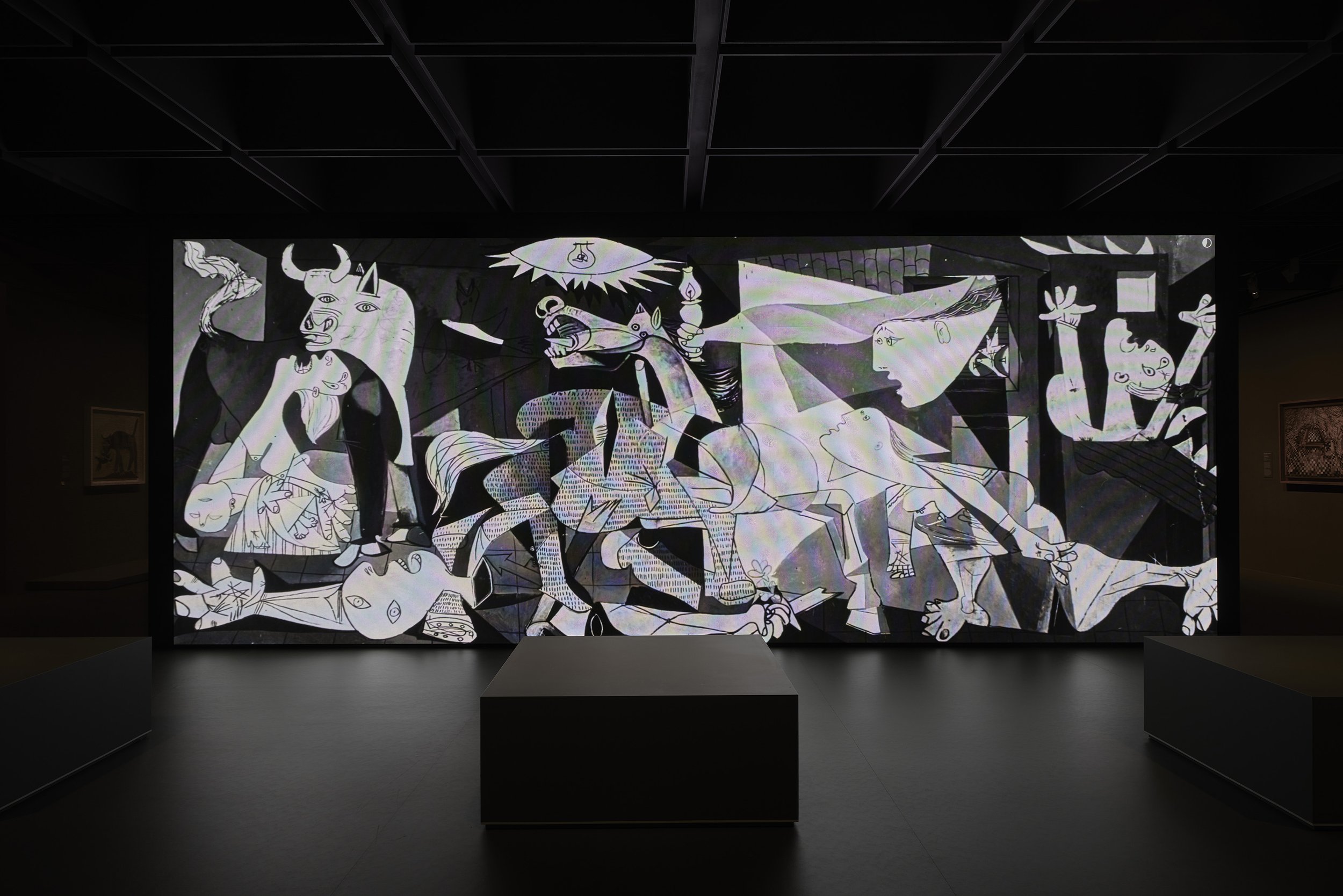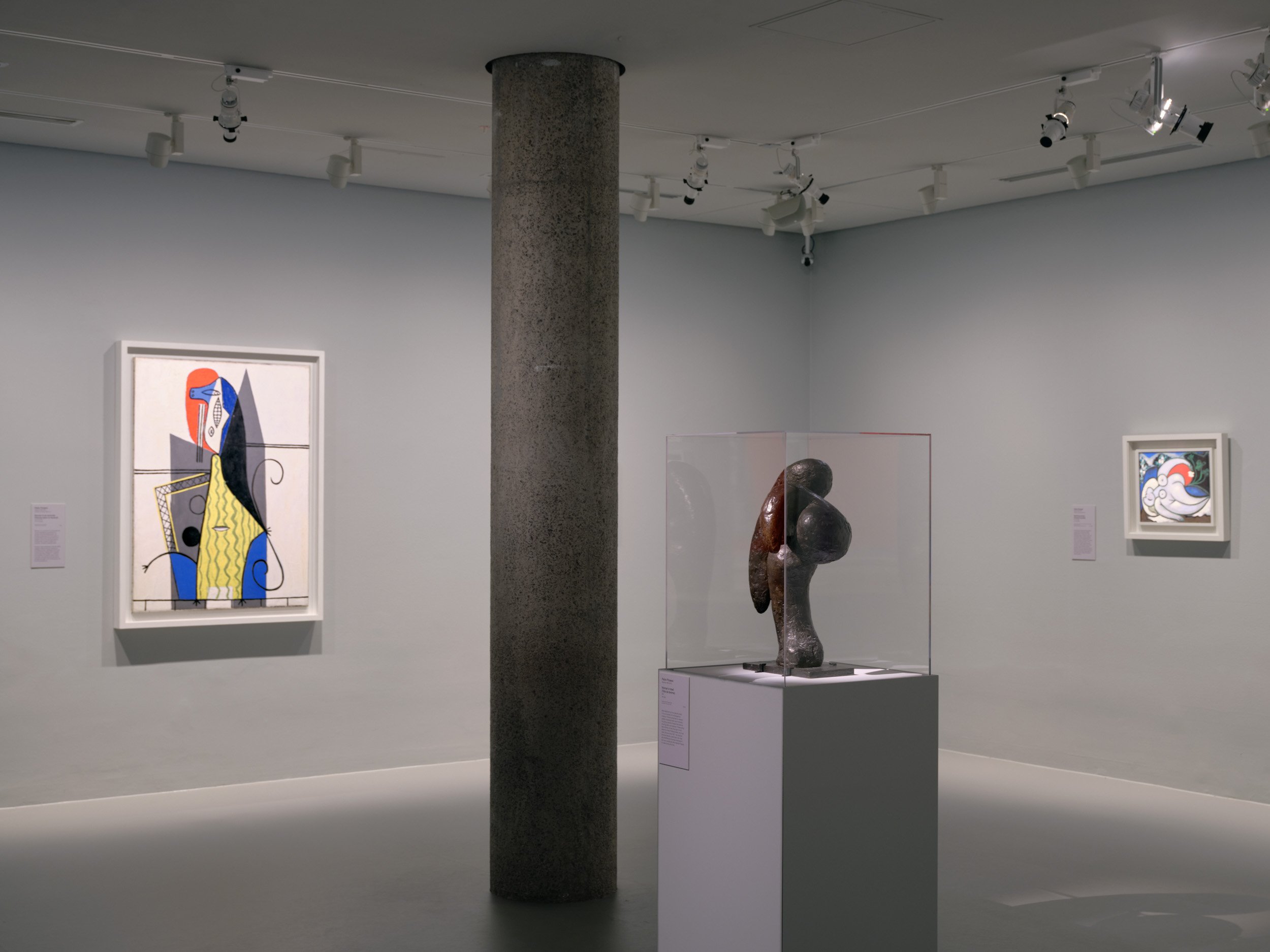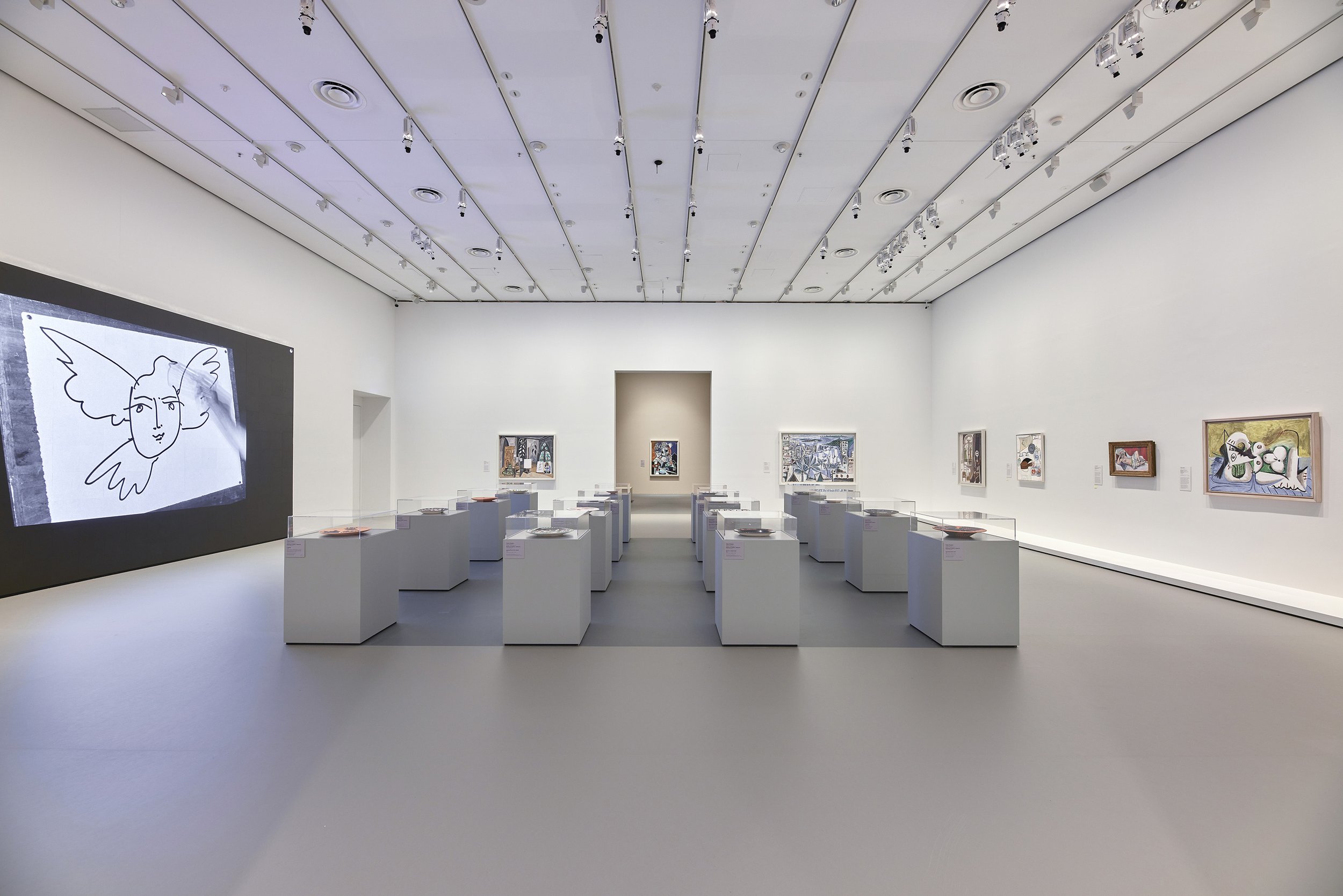Patriarchal heroism and ‘The Picasso Century’
/Everything about this exhibition is heroic: the large number of works on display, including about 80 by Picasso and over 100 by his friends and acquaintances; the extensive and thorough research; the highly informative 84-page website and the 441-page complete and very heavy catalogue. It takes hours to see the exhibition carefully and almost as much time to navigate the website. The catalogue is so vast that it could have been the work of an eighteenth-century German philosopher. Like Picasso, the exhibition is larger than life and twice as dominating. And yet we are long past the time when serious questions have been asked about the very nature of this sense of heroism, especially with the re-evaluation of the image of Picasso as a bourgeois patriarchal hero – the epitome of an aesthetic and singularly masculine productivity. Patriarchal heroes are no longer tenable and this exhibition demonstrates why, although this is probably not the intention of the show.
Since ‘The Picasso Century’ opened in June, perhaps armies of amateur artists have been inspired to produce large numbers of analytic cubist paintings in their garden-shed studios, especially as the warmer months arrive. Maybe this is the exhibition’s intention: to contain the aesthetic imagination within the heroic ideas of Picasso, to once more enthuse entire populations with the myth of the creative genius standing alone at the apex of culture and to whom the rest of us must pay obeisance by copying him. The works on show make Picasso’s ideas accessible.
Yet, in this exhibition, the cracks are there in a number of ways. The fragile nature of the image of patriarchal heroism is now very clear to those of us looking. These flaws are not in the well-known, often-recounted and prodigious sexual exploits of the great Picasso. They are, rather, in the way that his problems with gender remained the basis for his practice for his entire life, and that these problems emerged from a number of effects from his early life to his old age. The romanticised yet rigid ways of thinking about gender identity inherited from nineteenth-century bourgeois European society remained undeterred and also developed throughout his life, like the small child whose appetites become more complex as they age and who still retains the same inner foundation.
For Picasso, gender is war and the exhibition is a celebration of Picasso’s battles with both his own masculinity and with the feminine as if they were victories. Yet there is also an abiding sense of melancholy and loss in his work. It is as if his constant search for new ways of making art leaves him with the feeling of unfulfillment for what he has abandoned. This, of course, includes the friends with whom his art appears. All too often some friend or acquaintance is shown taking one of his ideas and developing it far beyond what he achieved, leaving him searching desperately for a new idea to keep his practice ahead, original and profitable.
The Picasso century is, of course, the twentieth century. For the twenty-first century, it has a slightly mournful nostalgia that no doubt appeals to the general public, and the abundant educational materials offer a great deal in this regard. University theorists will be as satisfied as the Sunday painters. This is definitely one of the great exhibitions to have appeared in a public institution in Australia, though for a show of this importance, it is odd that the plinths often used to separate the public from the works are sometimes so heavily lit that the glare makes looking difficult.
Still, it should not be forgotten that the exhibition is historical and, like all history, is written from the point of view of those who still dominate the battles for power in global western culture. History is constantly being challenged and rewritten; Picasso is no exception. However, the heroic times of modernist painting are, for the foreseeable future, over or at least should be. By showing how the supposed heroism is actually built from a fragmented series of personal relationships and disasters, the tragedy of war, famine and other upheavals, simply reinforces the need to find a better way, a better art.
Tom Loveday, Naarm/Melbourne
Curated by Didier Ottinger, and developed for the National Gallery of Victoria (NGV) by the Centre Pompidou and the Musée national Picasso-Paris, ‘The Picasso Century’ continues at the NGV International in Naarm/Melbourne until 9 October 2022.






















